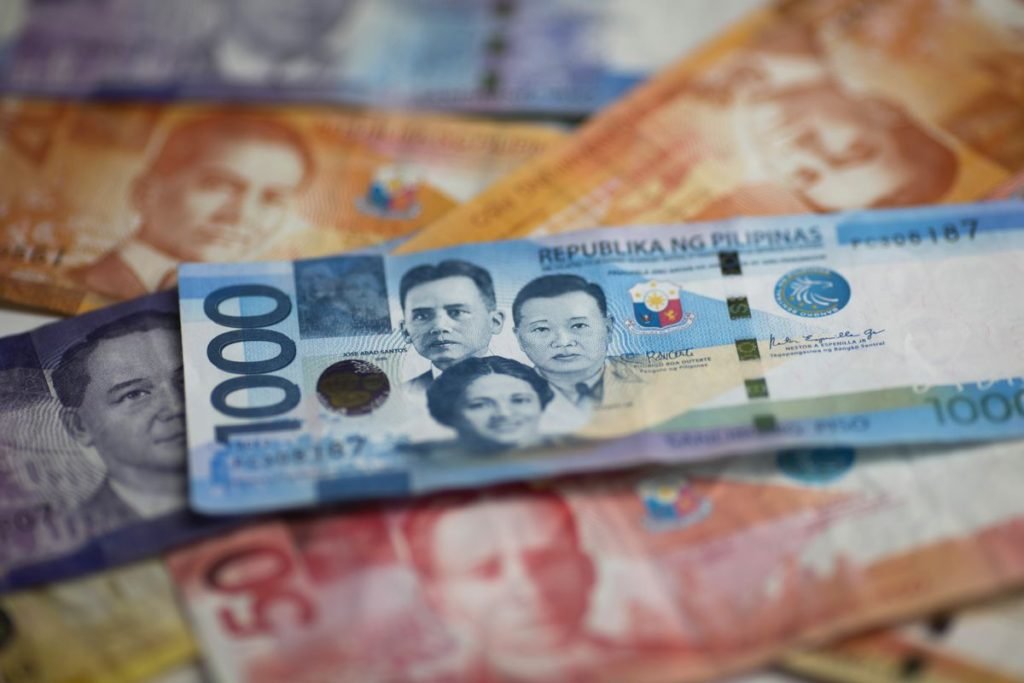OFW remittances this year have shot up after Covid-19 pandemic.
The Philippines peso is likely to stay above the 50 to the $1 level until the third quarter of 2022, as the deterioration in the country’s current account position continues to weigh on the currency. A weaker currency could also be the outcome of a stronger-than-expected economic recovery.
ANZ Research stated that the peso gains in 2020 was eroded in 2021 due to the country’s external debts position. In contrast to 2020 — when the GDP contracted due to lockdowns and imports collapsed — 2021 triggered a return to current account surpluses, which ended up lifting the peso.
For 2022, ANZ Research expects the peso to strengthen “gradually” — from 50.40 to $1 in the first quarter to 50.30 in the second, and 50.10 in the third. Towards the end of 2022, however, the Philippine currency could appreciate to 49.90 to $1 and further to 49.50 in 2023, on the back of a spike in remittances from overseas Filipino workers (OFWs) and a recovery in business process outsourcing (BPO) receipts, according to the ANZ Research.
PESO’S STEADY AS IT GOES
In dirham terms, the peso has been in the 13.7 range since August, according to feedback from the Joyalukkas Exchange.
“Towards the end of last year, there was a phase when the currency was at 13 levels,” said Antony Jos, Managing Director. “But inflationary pressures, debt, the COVID-19 related hits on the economy weakened the peso.
“On the remittance side, this year has been a definite improvement.”
Back to remittance plus
OFWs sent $25.69 billion from January to October this year, up by 5.7 per cent from the $24.30 billion in 2020. In 2022, the BPO industry is expected hit $40 billion in revenues, with it employing 7.6 million direct and indirectly. An estimated 500,000 jobs are outside Manila.
ANZ noted that 2021 saw a relapse in the external position as imports rose, boosted by high oil prices. “Although remittance flows had started to improve, they were insufficient to offset the increase in the trade deficit, causing the overall external position to worsen,” the report said.
“This has been the major driver behind the peso’s weakness in 2021, aside from a stronger dollar. How the external position evolves in 2022 will be key to the peso’s performance. “We forecast the peso to recover to 49.90 by the end of 2022. The risks are tilted toward a weaker currency if the economic recovery proves to be much stronger than expected, pushing inflation further above the central bank’s target and leading to a worsening in the current account deficit.”
As domestic demand recovers and broadens into 2022, alongside a likely ramp-up in infrastructure spending, imports will rise further, thus putting further pressure on the Philippine currency. “High global oil prices will buoy the import bill, hence the trade deficit is likely to stay wide,” ANZ said.
Wider range
Meanwhile, Fitch Solutions expects the peso to trade within a wide range in 2022, as coronavirus policy responses bear on investors confidence. The Fitch Solutions Country Risk and Industry Research forecasts the peso to trade between 49-52 pesos against a US dollar until the first quarter of 2022.
“We expect the peso to weaken within a wide range over the near term, as uncertainty around the pandemic and its policy response weigh on investor confidence,” the report said.
As of 2021, the Philippine’s GDP by purchasing power parity was estimated to be at $1.47 trillion, the 18th biggest in the world.
(Except for the headline, this story has not been edited by The Finance World staff and is published from a syndicated feed.)

